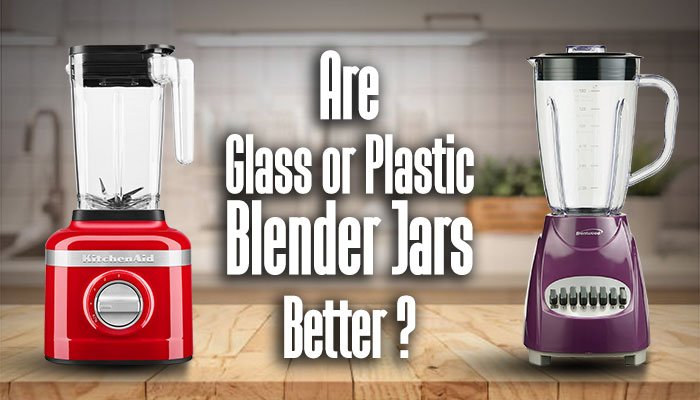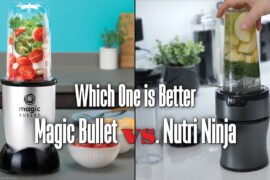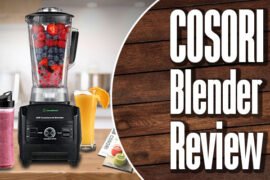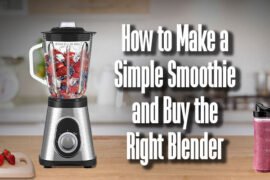This article shows you how you compare glass or plastic blender jars if you’re looking for some dedicated blender containers. What type of counter blender jar is best: glass or plastic blender jars? What are the key distinctions between glass and polycarbonate pitchers, and do they make a difference?
The type of blender jar has no impact on the performance or efficiency of the blender, with one exception. The contents of the blender may not mix (or circulate in the jar) as effectively if the interior of a plastic jar has been etched (scratched) as a result of use. It may be more challenging to clean. It is essential to note that this is an extreme scenario that is highly unusual.
Blenders have varying degrees of durability, weight, clarity, and functionality. Even with these factors, the final choice frequently appears about appearances, style, and user preference. For others, the blender jar design is irrelevant.
Table of Contents
Glass vs Plastic Blending Jars
The glass jar is more attractive, retains its clarity, has a vintage appeal, and feels better (heavier) than the poly counterpart to some consumers. Glass has several advantages. It does not discolor or scratch, and it does not absorb food odors like a plastic container might. When used for crushing ice in a blender, a plastic jar may get dented over time, tarnishing its clarity. Glass has a much longer life ahead of it.
Combining ice or hard food items like shelled nuts, scratches, or etching in the poly construction is unavoidable. Pouring spouts are generally more defined, and level marks are easier to see when using a poly jar.
However, a glass jar is considerably heavier to move about, which may be a factor to consider for those with arthritis or other hand limitations and the elderly. Glass jars are less durable than plastic containers since they are more prone to shattering if dropped. If you need to use a glass jar but find the handling difficult, consider downsizing the blender to reduce weight. We frequently buy a blender with a big jar capacity when a smaller, more powerful model would be better for our blending needs.
With so many factors to consider, it’s good to think about how you plan to utilize your blender, as well as the quantity and type of foods or beverages you intend to blend. Your usage may suggest which design is appropriate for you.
Blending Systems
The right blender can be used to make a wide range of beverages, including those that contain nuts, fruits, and vegetables. Blenders that come with practical accessories like individual mixing cups are not unusual to find. However, many blending systems combine both of these types in one package. Plastic personal blending cups are ideal for commuting and tiny smoothies. A glass jar blender was more expensive than poly versions; however, today, the prices are comparable and dominated more by the unit’s power, speeds, preprogrammed settings, and attachments.
Stainless Steel Blending Jars
The stainless steel blender is a blender jar that was more popular among commercial blenders but has lately been adopted by the home counter blender market: it’s a common sight on most kitchens. Metal jugs are more durable than plastic or glass, but they may affect the blender’s price. There is another disadvantage of this technique is that you can’t keep a mixed substance since there’s no way to tell what’s in it. For some, this is a problem, while for others, it’s not an issue as long as they stick to the manufacturer’s advised maximum mixing level.
Other Related Articles
Tribest Mason Jar Personal Blender Review








